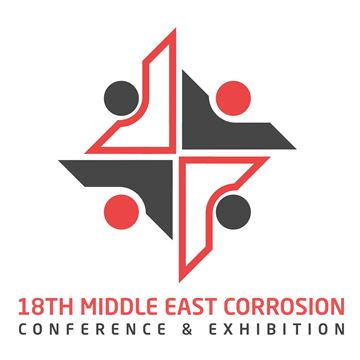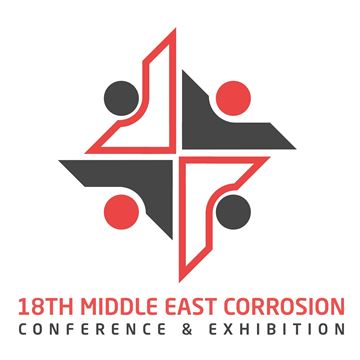Search
Products tagged with 'remote monitoring'
View as
Sort by
Display
per page
Combining RMU, Annual Survey, and Groundbed System Design Data to Predict Capital Replacement Needs
Product Number:
51324-20805-SG
Publication Date:
2024
$40.00
Design and Implementation of an Offshore Remote Monitoring System for Corrosion, Coating and Cathodic Protection Performance
Product Number:
51323-19265-SG
Publication Date:
2023
$20.00
Improving Cathodic Protection Pipeline Integrity Monitoring Data in the Time of IIoT and Big Data
Product Number:
51321-16259-SG
Publication Date:
2021
$20.00
LoRaWAN – The Future of Remote Sensing Technology
Product Number:
MECC23-19983-SG
Publication Date:
2023
$20.00
Measuring IR-Free Potential: Analysis of the Remaining IR Components in the Off Measurements and Importance of the Design of SRE with Integrated Coupon to Obtain it.
Product Number:
51323-18803-SG
Publication Date:
2023
$20.00
The Latest Developments on Cathodic Protection Technologies in China
Product Number:
MECC23-19994-SG
Publication Date:
2023
$20.00
Use of data analytics techniques to compare daily RMU coupon readings with CIS survey results
Product Number:
51323-19318-SG
Publication Date:
2023
$20.00
Visualizing Correlations of Water Quality and Cathodic Protection Parameters
Product Number:
51323-19333-SG
Publication Date:
2023
$20.00
Yeah, Examining the Impact of Overprotection on AC Corrosion: A Case Study Investigation
Product Number:
51324-20877-SG
Publication Date:
2024
$40.00










